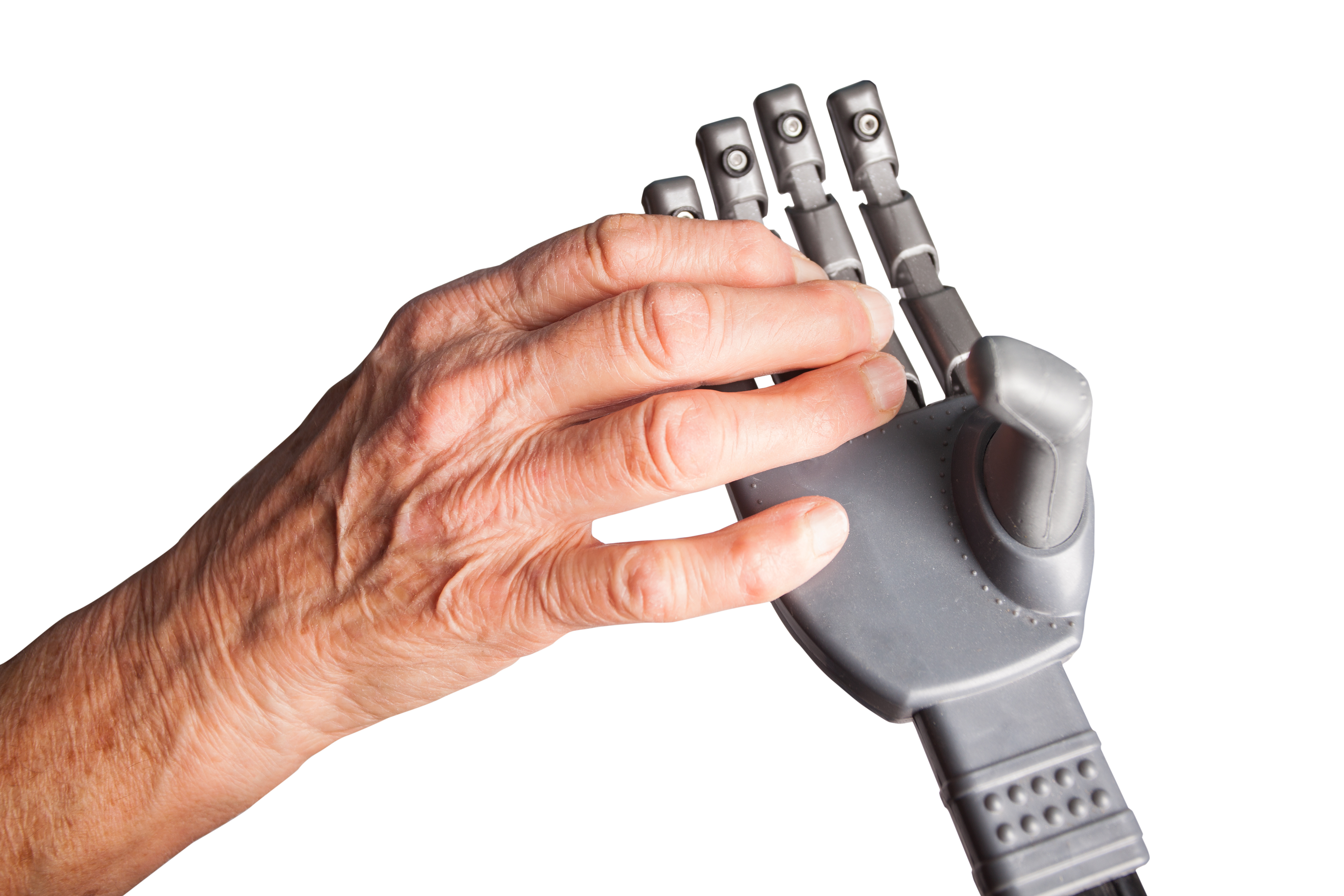White House Conference Sees New Technology as Future of Old Age

Last week marked the White House Conference on Aging, a once-per-decade meet-up of parties from all sectors serving older adults. It was my second WHCOA in an “official” capacity, and it was the first to engage with the public mainly through technological channels.
That shift was due in part to pragmatic reasons: The funding set aside for hosting the Conference expired with the Older Americans Act in 2011. However, the creativity and commitment of the organizers turned the funding problem into an opportunity to demonstrate the power of technology to convene and set the agenda for the next decade. The executive director of the White House Conference on Aging and her team, with assistance of key stakeholders, such as AARP, conducted a nationwide outreach that culminated with a meeting at the White House that included President Barack Obama. Moreover the traditional face-to-face meeting of “aging leaders” was simulcast to over 600 watch parties across the country. The creative use of technology made what could have been the smallest WHCOA into perhaps the largest — engaging thousands. But that new tech focus also served a symbolic purpose. It acted as a constant reminder of what’s going on in all of our lives: how technology is replacing in-person interactions such as those in the office, travel agency, financial advisor, physician and mail-order catalog phone line. The centrality of technology in the conference also reinforced the idea, recurrent in conversations throughout the WHCOA, that tech will be how we will solve many of the problems facing an aging nation.
This year’s WHCOA focused on four wide-ranging topics: promoting healthy aging; building long-term services and supports; promoting elder justice and preventing abuse; and improving retirement security.
Technology, again and again, if not a silver bullet, was floated as a way to get those things done, and for good reason. Since the last WHCOA in 2005, nothing has changed the way we interact with the world and each other more than the steady development of technology—especially consumer-facing telecommunications technologies. It’s not unreasonable to expect that the same force will be a game-changer for old age. And so, in discussions surrounding every one of the WHCOA’s four focal topics, technology came up as a solution. The Obama administration took the conference as a prime opportunity to announce the launch of Aging.gov, a one-stop destination for policy information and government resources related to old age; it also announced that it would expand the availability of data sets related to old age on Data.gov, the government’s new, easy-to-access repository of public data. Meanwhile LeadingAge, an association made up of 6,000 aging-services businesses and not-for-profits, together with Hewlett-Packard, will combine 3D printing with open government data to enable innovators to build better, more personalized tools to improve life in old age. The MIT AgeLab, which I lead, is involved in some of these tech-forward efforts including collaboration with Philips on the AgingWell Hub, which will encourage and examine best practices for innovation in technology development, as well as solutions through improved aging services in all sectors.
Technology, clearly, will be part of how we, as a society, improve life in the years to come. However, I’ve been studying the intersection of technology and old age for years. To my mind, the question is not whether we can or will build new and remarkable technologies. The question is how well we will use those technologies as a force multiplier: to better amplify the abilities, strengths, and good intentions of human beings committed to making life better for older adults.
As part of a conference panel on innovations in aging, I had the pleasure of sharing the stage with a group of incredibly smart people from government and industry, including Anita Roth, head of policy research at Airbnb. From Anita, I learned something staggering and yet not that surprising: Older adults are using Airbnb in unprecedented numbers to monetize their real properties. The average age of an Airbnb user is 38, while the average age of an Airbnb host is 50. That means that half of Airbnb hosts are over 50, which makes sense: many older empty nesters with more house than they need and less income than they want are simply using Airbnb to turn the former into the latter. (And meanwhile, on the user side, many others over 50 rely on Airbnb to travel the world.)
Airbnb isn’t really a technology company. Sure, it relies on tech to make its transactions and user interactions possible, but at its heart, Airbnb is a real estate or hostelry company. It just happens to use technology to rent out real estate in a way that had never been done before: finding new uses for existing resources.
That approach — using tech to leverage underutilized assets — has the potential to make a major impact on the future of old age. Especially when you expand the definition of the “assets” aligned in favor of older adults from real property to financial services, caregiving hands, transportation, and more.
Take a classic problem that has vexed transportation scholars for decades: the tragedy of the school buses, vans and cars sitting in parking lots while so many older adults sit equally idle on their couches at home. How can a sizeable, viable transportation fleet go unused most of the day when there are still many older people sitting at home who need to get around? The poster children of the sharing economy, such as Uber, Zipcar, and RelayRides, may not solve that particular tragedy altogether, but they may still mobilize unused resources to get older adults around town in heretofore-unforeseen ways.
True, Uber’s typical services won’t be enough to transport people who have serious accessibility or other health needs. But UberHealth has made inroads toward bringing health services to people who need them; that’s a start. As I’ve written in this space before, just getting the ball rolling with a new idea can lead to the development of the infrastructure — both legal and physical — needed to build more and better solutions for everyone.
But again, the point is not that there are gadgets and software powering Airbnb and Uber. It’s about using technology as a force multiplier: to leverage the power of people. One of the best examples that technology matters, but technology that connects people matters more is Honor — an online service that connects in-home caregivers, older adults, and their families. Seth Sternberg, founder of Honor, is using technology to identify, organize, and place trusted service providers in the homes of older loved ones. Seth joined us on the innovation panel and his remarks reflected both passion and the power to make a difference using high-tech to deliver high-touch to our older loved ones.
As for MIT’s work with Care.com and the employer coalition ReACT (Respect a Caregiver’s Time), we’re working together to build tools that will help employers better support employees who are providing care to older loved ones. That’s just a first step: There is a real need to create a trained workforce of aging-facing professionals who implicitly understand that technology is how to get the job done. That kind of synergy — bringing the people who want to make a difference together with the technology that empowers them to do so — will be the true sign of useful innovation for aging.
To the people who organized the White House Conference on Aging – their successful execution was not just about putting aging on the national agenda, it was about inventing a better life for all of us tomorrow. And for that, all of us owe them a thank you because, with any luck, all of us will be older.
MIT AgeLab’s Lucas Yoquinto contributed to this article.
Photo: U.S. Dept. of Health and Human Services





